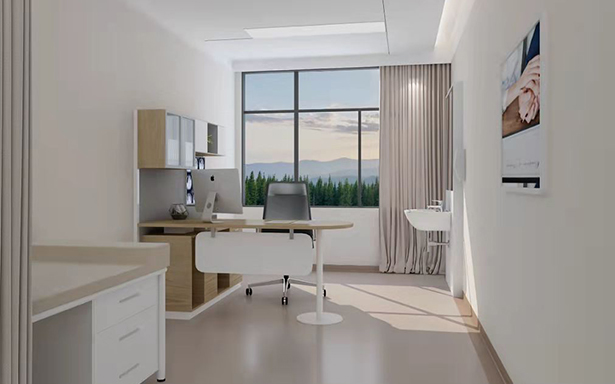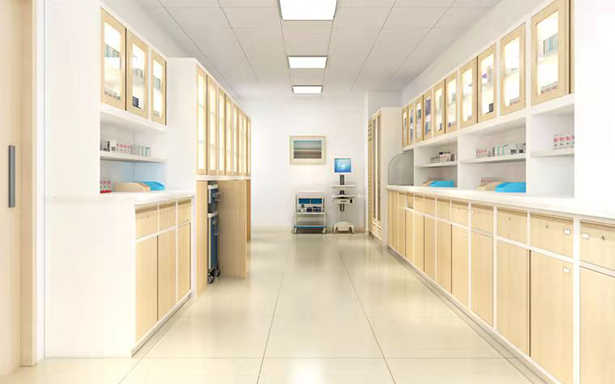According to "Etymology" and "Modern Chinese Dictionary", the word "furniture" refers to "household appliances."
Furniture refers to an important component in a space. It is a component that divides the functional areas in the space and forms the visual beauty of the space; it is also the main carrier of behavioral work in the space.
Definition of medical furniture: It refers to the seating, bedding and accessories that are outside the attributes of medical buildings (structures) and are not included in the scope of medical equipment management. Medical furniture is an important node to describe and constrain medical behavior in medical institutions, and is an important production tool that reflects the professionalism and work efficiency of medical behavior.
Before the 1980s, the furniture configuration of the medical system was no different from that of ordinary furniture. Since the 1990s, my country's medical furniture industry has gradually emerged. In recent years, with the reform of the medical system, medical furniture, as a subdivision of hospital construction, has become an important part of the construction of healing space. In order to promote the development of medical care, the design of medical furniture not only combines the medical process in the hospital, but also meets the needs of doctors and patients.

The difference between hospital furniture and ordinary furniture :
1. Lean Design
Ordinary furniture: To meet personal preferences and match the interior decoration style, it is mainly designed with diversified colors, fashion and flexibility.
Hospital furniture: It meets the functional needs of doctors and patients, and is designed in combination with the overall hospital architecture, interior space environment and other aspects. In addition to color, fashion and flexibility, its design concept is more diversified, and through lean design, it builds a perfect healing space.

2. Furniture
Ordinary furniture: pay attention to personal preferences, family preferences, feng shui and other related requirements to layout and match the furnishings.
Hospital furniture: It is mainly designed and arranged according to the characteristics of different departments and medical process flow. It can not only improve work efficiency, but also meet the requirements of infection prevention in hospitals.
3. Material selection
The materials of hospital furniture are more environmentally friendly than ordinary furniture. On this basis, they must be resistant to chemical reactions and have antibacterial, anti-corrosion, moisture-proof, fire-proof, and mildew-proof functions.

4. Use of Color
Ordinary furniture: choose according to personal preferences and family preferences.
Hospital furniture: As a visual element, color plays an important role in the hospital. Therefore, according to the different places and characteristics of different departments in the hospital, appropriate colors should be selected. For example: pink is chosen for obstetrics and gynecology; lively colors are chosen for pediatrics; green is chosen for the operating room; blue is chosen for the emergency department, etc.

